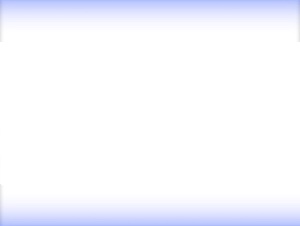Ulrike Draesner

George Brecht
A chemist by education and an inventor of hygiene articles, George Brecht wanted to use his art to ensure “that the details of everyday life, the random ...
read more 
Heinz Gappmayr
One important factor is that Gappmayr’s works are not only made of language, i.e. the form of their presentation – be it textual, oral or on data carriers ...
read more 
Yoko Ono
In the exhibition:
Yoko OnoTHE WALK TO THE TAJ MAHAL, 1964/2021From six film scripts by Yoko Ono, Tokyo, June 1964 Facsimile print27,94 × 21,59 cm© Yoko ...
read more 
Mark Tobey
In his picture series White Writings, Mark Tobey creates labyrinthine rhizomatic entanglements out of repetitive, white brushstrokes on dark backgrounds. ...
read more 
Eugen Gomringer
Eugen Gomringer, who was hailed by Emmett Williams as the father of concrete poetry, saw the poetic text as “a visual object and utensil: an object of ...
read more 
Sara Masüger
For each visitor to an exhibition, there are distinct expectations and charms that accompany the visit: children, experts, art lovers and culture vultures ...
read more 
Astrid Klein
Astrid Klein uses photography and sculpture to address and question the “specific recognition of reality. Moreover, in her [...] paintings, she has staged ...
read more 
Günther Uecker
Early on in his career, Mecklenburg-born artist Günther Uecker turned against the predominant art movements of the 1950s: socialist realism in the GDR ...
read more 
Timm Ulrichs
Two black-and-white photographs – the naked upper body of Timm Ulrichs – one taken from the front, one from the back. Some parts of the body are covered ...
read more 
Jochen Gerz
“...he brings work and the image back to their origin. ‘Weissʼ (‘whiteʼ) is composed of letters: signs. White is only understandable through its opposite: ...
read more 



































